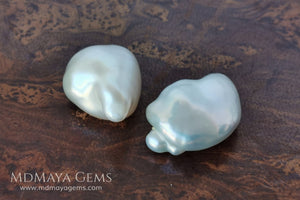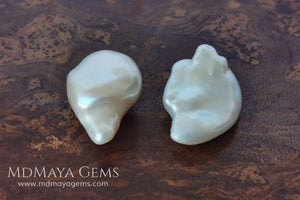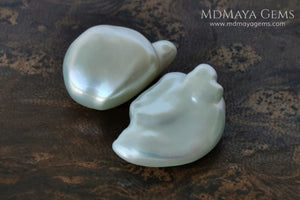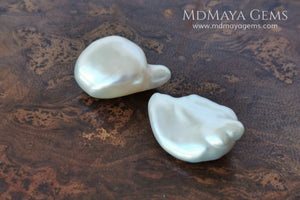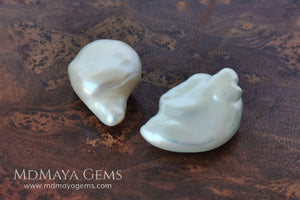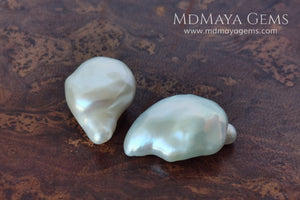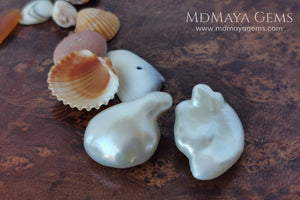Natural and untreated gemstones for your custom jewelry. 15% Off New Customer. Code: newcustomer
- Home
-
Gemstones
- Amethyst
- Ammolite
- Aquamarine
-
Beryl
- Citrine
- Clinohumite
- Chrome Diopside
- Color Change Garnet
- Color Change Diaspore
-
Cultured Pearls
- Demantoid
- Fluorite
-
Garnet
- Golden Beryl
- Goshenite
- Idocrase
- Kunzite
- Mali Garnet
- Morganite
- Opal
- Peridot
-
Quartz
- Rhodolite Garnet
- Rubellite Tourmaline
- Ruby
- Sapphire
- Spessartite Garnet
-
Spinel
- Sunstone
- Tanzanite
-
Topaz
-
Tourmaline
- Zircon
- Jewelry
-
Your Gemologist
- Contact
- About Us
- Blog
-
- Home
-
Gemstones
- Amethyst
- Ammolite
- Aquamarine
- Beryl
- Citrine
- Clinohumite
- Chrome Diopside
- Color Change Garnet
- Color Change Diaspore
- Cultured Pearls
- Demantoid
- Fluorite
- Garnet
- Golden Beryl
- Goshenite
- Idocrase
- Kunzite
- Mali Garnet
- Morganite
- Opal
- Peridot
- Quartz
- Rhodolite Garnet
- Rubellite Tourmaline
- Ruby
- Sapphire
- Spessartite Garnet
- Spinel
- Sunstone
- Tanzanite
- Topaz
- Tourmaline
- Zircon
- Jewelry
- Your Gemologist
- Contact
- About Us
- Blog
-











